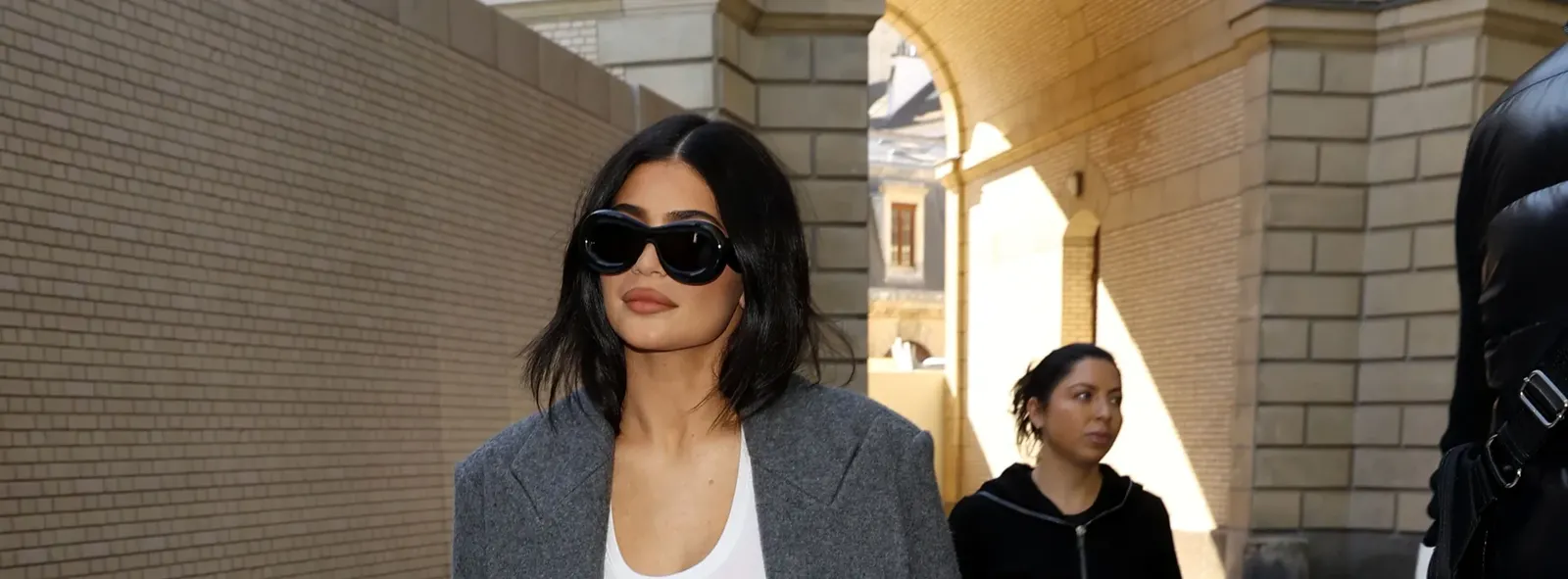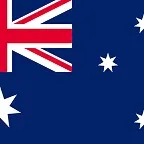
Australia
Australia, officially the Commonwealth of Australia, is a country comprising the mainland of the Australian continent, the island of Tasmania and numerous smaller islands.[N 6] It has a total area of 7,688,287 km2 (2,968,464 sq mi), making it the sixth-largest country in the world and the largest in Oceania. Australia is the world's flattest and driest inhabited continent.[17] It is a megadiverse country, and its size gives it a wide variety of landscapes and climates including deserts in the interior and tropical rainforests along the coast.
The ancestors of Aboriginal Australians began arriving from Southeast Asia 50,000 to 65,000 years ago, during the last glacial period.[18][19][20] By the time of British settlement, Aboriginal Australians spoke 250 distinct languages and had one of the oldest living cultures in the world.[21] Australia's written history commenced with Dutch exploration of most of the coastline in the 17th century. British colonisation began in 1788 with the establishment of the penal colony of New South Wales. By the mid-19th century, most of the continent had been explored by European settlers and five additional self-governing British colonies were established, each gaining responsible government by 1890. The colonies federated in 1901, forming the Commonwealth of Australia. This continued a process of increasing autonomy from the United Kingdom, highlighted by the Statute of Westminster Adoption Act 1942, and culminating in the Australia Acts of 1986.[22]
Australia is a federal parliamentary democracy and constitutional monarchy comprising six states and ten territories. Its population of almost 28 million is highly urbanised and heavily concentrated on the eastern seaboard.[23] Canberra is the nation's capital, while its most populous cities are Sydney and Melbourne, both with a population of more than five million.[23] Australia's culture is diverse, and the country has one of the highest foreign-born populations in the world. It has a highly developed economy and one of the highest per capita incomes globally. Its abundant natural resources and well-developed international trade relations are crucial to the country's economy. It ranks highly for quality of life, health, education, economic freedom, civil liberties and political rights.[24]
Australia is a middle power, and has the world's thirteenth-highest military expenditure. It is a member of international groups including the United Nations; the G20; the OECD; the World Trade Organization; Asia-Pacific Economic Cooperation; the Pacific Islands Forum; the Pacific Community; the Commonwealth of Nations; and the defence and security organisations ANZUS, AUKUS, and the Five Eyes. It is also a major non-NATO ally of the United States.[25]
Etymology
The name Australia (pronounced /əˈstreɪliə/ in Australian English)[26] is derived from the Latin Terra Australis Incognita ('unknown southern land'), a name used for a hypothetical continent in the Southern Hemisphere since ancient times.[27] Several 16th-century cartographers used the word Australia on maps, but not to identify modern Australia.[28]
When the Dutch began visiting and mapping Australia in the 17th century, they called the continent New Holland. The name Australia was popularised by the explorer Matthew Flinders, who circumnavigated the continent in 1803. However, when his account of his voyage was published in 1814, the name Terra Australis was used.[27]
New South Wales Governor Lachlan Macquarie officially recommended the name Australia to replace New Holland in December 1817. The British Admiralty adopted the name in 1824, and the British Parliament used it in legislation in 1828.[27] The United Kingdom Hydrographic Office used the new name in The Australia Directory of 1830.[29] The name "Commonwealth of Australia" for the new federation of the six former colonies was formalised in the Commonwealth of Australia Constitution Act 1900 (UK).[27]
Colloquial names for Australia include "Oz", "Straya" and "Down Under".[30]
History
Indigenous prehistory

Indigenous Australians comprise two broad groups:
- Aboriginal Australians, who are the various Indigenous peoples of the Australian mainland and many of its islands, including Tasmania
- Torres Strait Islanders, who are a distinct Melanesian people of Torres Strait Islands
Human habitation of the Australian continent is estimated to have begun 50,000 to 65,000 years ago,[18][19][20] with the migration of people by land bridges and short sea crossings from what is now Southeast Asia.[18] It is uncertain how many waves of immigration may have contributed to these ancestors of modern Aboriginal Australians.[31][32] The Madjedbebe rock shelter in Arnhem Land is possibly the oldest site showing the presence of humans in Australia.[19][20][33] The oldest human remains found are the Lake Mungo remains, which have been dated to around 42,000 years ago.[34]
Aboriginal Australian culture is one of the oldest continuous cultures on Earth.[35][36][37][31] At the time of first European contact, Aboriginal Australians belonged to wide range of societies, with diverse economies spread across at least 250 different language groups.[38][39][21] Estimates of the Aboriginal population before British settlement range from 300,000 to 3 million.[40] Aboriginal Australians cultures were (and remain) deeply connected with the land and the environment, with stories of The Dreaming maintained through oral tradition, songs, dance and paintings.[41] Certain groups engaged in fire-stick farming,[42][43] fish farming,[44][45] and built semi-permanent shelters.[46] These practices have variously been characterised as "hunter-gatherer", "agricultural", "natural cultivation" and "intensification".[47][48][49][50]
Torres Strait Islander people first settled their islands at least 2,500 years ago.[51][52] Culturally and linguistically distinct from mainland Aboriginal peoples, they were seafarers and obtained their livelihood from seasonal horticulture and the resources of their reefs and seas. Agriculture also developed on some islands and villages appeared by the 1300s.[51] By the mid-18th century in northern Australia, contact, trade and cross-cultural engagement had been established between local Aboriginal groups and Makassan trepangers, visiting from present-day Indonesia.[53][54][55]







